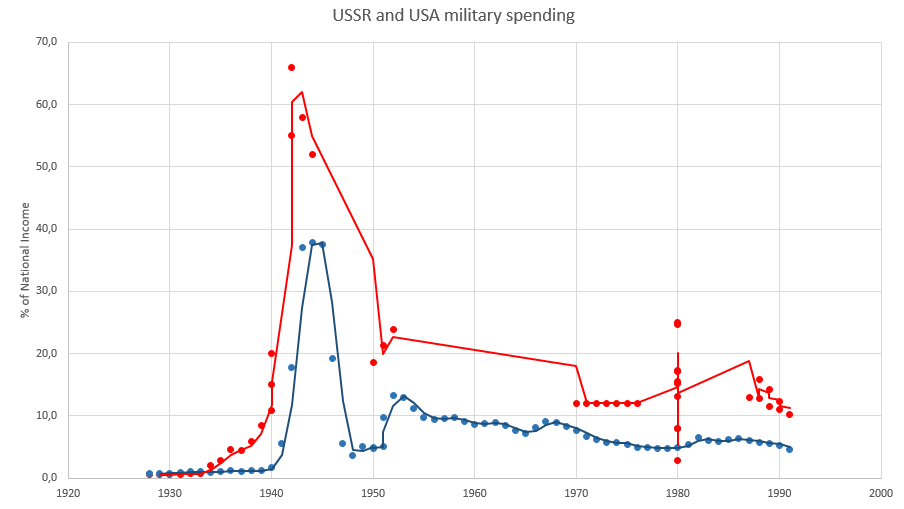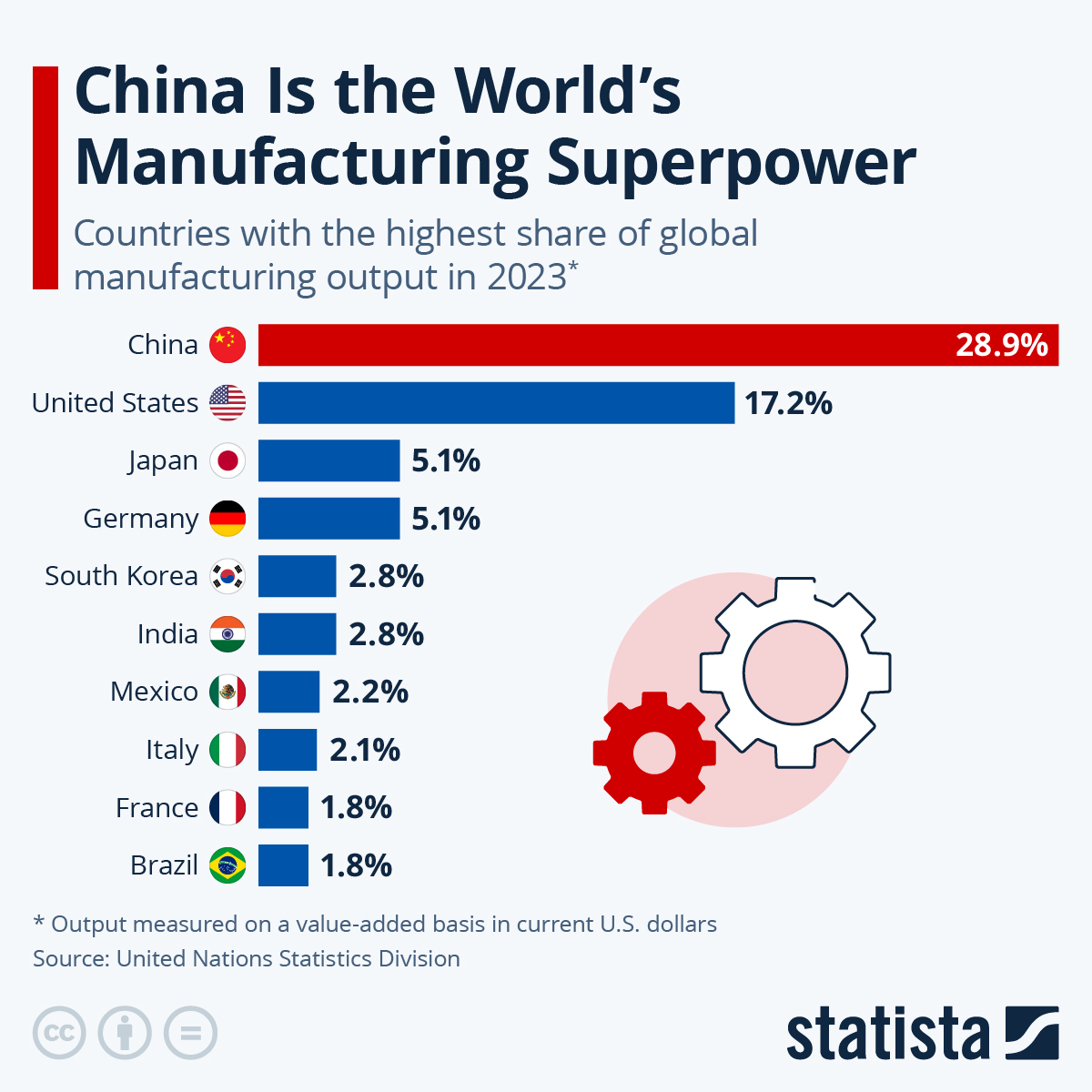
Overview
A major objective of the Risk Commentary is to assist sophisticated institutional investors and risk managers in identifying and assessing items that are often overlooked in markets, thereby anticipating shifting conditions. Our view is that there are some developments that are likely to have major implications over time.

Ch-Ch-Change Driver I: Pax Americana
Like the song “Changes” by David Bowie, change is constant and with change comes opportunity and risk. Over the past 80 years (after World War II), an underlying assumption was that America would use its global hegemony to deter conflicts between great powers.
American leaders have liked to think of themselves as inheriting a great tradition of nations that enforce “peace through strength,” as was imposed during the Pax Romana (27 BC – 180 AD) and Pax Britannica (1815 – 1915 AD).
Until recently, the period was dubbed “Pax Americana” and followed the same vein as other peaceful periods led by a hegemon that seeks peace and, in turn, prosperity. America has promoted global trade that is conducted in dollars and often through American institutions, with the result being a massive increase in global welfare.
However, given recent conflicts, notably the Russian invasion of Ukraine and potential Chinese invasion of Taiwan, the cracks have shown in America’s position.

Ch-Ch-Change Driver II: America First
The current administration’s “America First” approach calls for America’s withdrawal from its prior role as global enforcer. The rationale is as follows:
Despite the desire for a strategic withdrawal, one has yet to fully manifest.
While troop involvement has been limited, there is little doubt that the State Department is in overdrive trying to end wars; the Gaza Strip, Iran threat, and Cambodia–Thailand conflict appear to be addressed.
However, Ukraine and Venezuela might be considered works in progress. In fact, the current administration appears to be escalating these conflicts significantly, presumably to secure concessions from adversaries. However, escalation risks deepening the entanglements and drawing resources away from a potential conflict with China.
Ch-Ch-Change Driver III: It’s About the Money
Now for the particularly interesting part: “Lessons Learned / Lessons Forgotten.”
Over the past 80 years, the assumption was that it was foolhardy for a nation to directly confront America or its allies. The assumption was that America had the large, sophisticated economy which could essentially outcompete any other nation. Before it collapsed, the USSR essentially withdrew from the Cold War because military expenditures placed too great a strain on its economy. Remember, it’s all about the money.
“We could only solve our problems by cooperating with other countries... put an end to the Iron Curtain, change the nature of international relations, rid them of ideological confrontation, end the arms race." Mikhail Gorbachev, Perestroika (1987)
Blue represents USA
Another reminder was during World War II, Hitler was doomed because the economies of the Axis powers were a fraction of the size of the Allies'.
Ch-Ch-Change Driver IV: Insurgencies
As is often the case, diffuse “insurgencies,” rather than concentrated governments, have proved difficult to counter even for a global hegemon. In Vietnam and Afghanistan, the United States did not cover itself in glory as it was essentially outmaneuvered by more effective forces, typically via guerrilla warfare. Those local elements were unconvinced by American promotion of Western values.
“The establishment of a free Iraq at the heart of the Middle East will be a watershed event in the global democratic revolution.” President George Bush, 2003
Ch-Ch-Change Driver V: Losing the War, Winning the Peace
Despite the North Vietnamese victory in the war dubbed the “Resistance War against America”, exports to America accounted for 30% of Vietnam’s GDP in 2024. In comparison, China’s exports to America accounted for only 2.5% of its GDP.

Ch-Ch-Change Driver VI: New Asymmetric Advantage
Our view is that recent developments put America in a vulnerable position today. Our thesis has a few components, but the major elements are the following:
A. China is not highly dependent on America for exports (consult Figure IV). Thus, they are less susceptible to be swayed by American economic coercion (e.g., tariffs).
B. China maintains important asymmetric advantages in military technology and support.
To put a finer point on it, 7 of the top 20 most efficient ports are located in China, 0 are located in America (source). Further, Figure V below don’t consider that purchasing power is much greater in China. Thus, Chinese output is likely underestimated.

Conclusion
Dealing with change is difficult. However, it is better to have a realistic understanding of conditions and take appropriate action rather than assume that conditions will remain static.